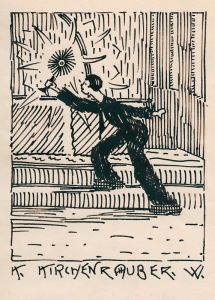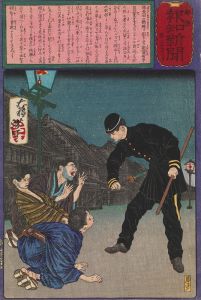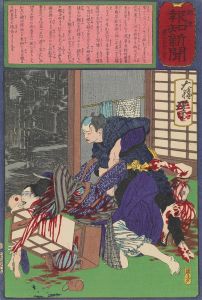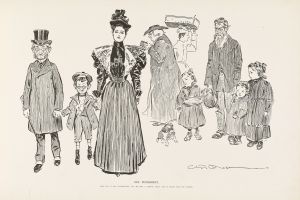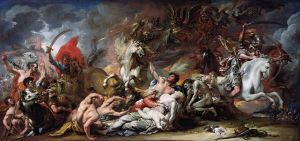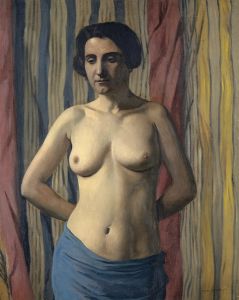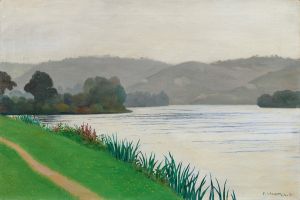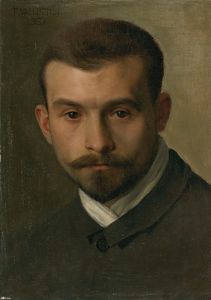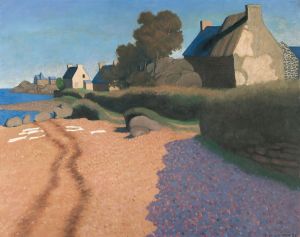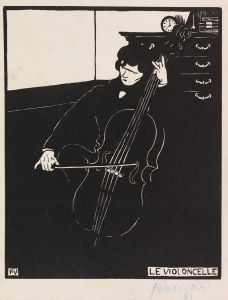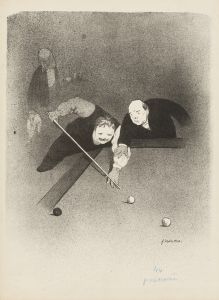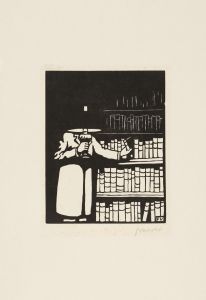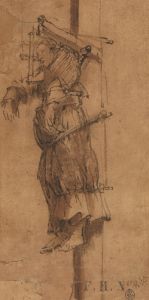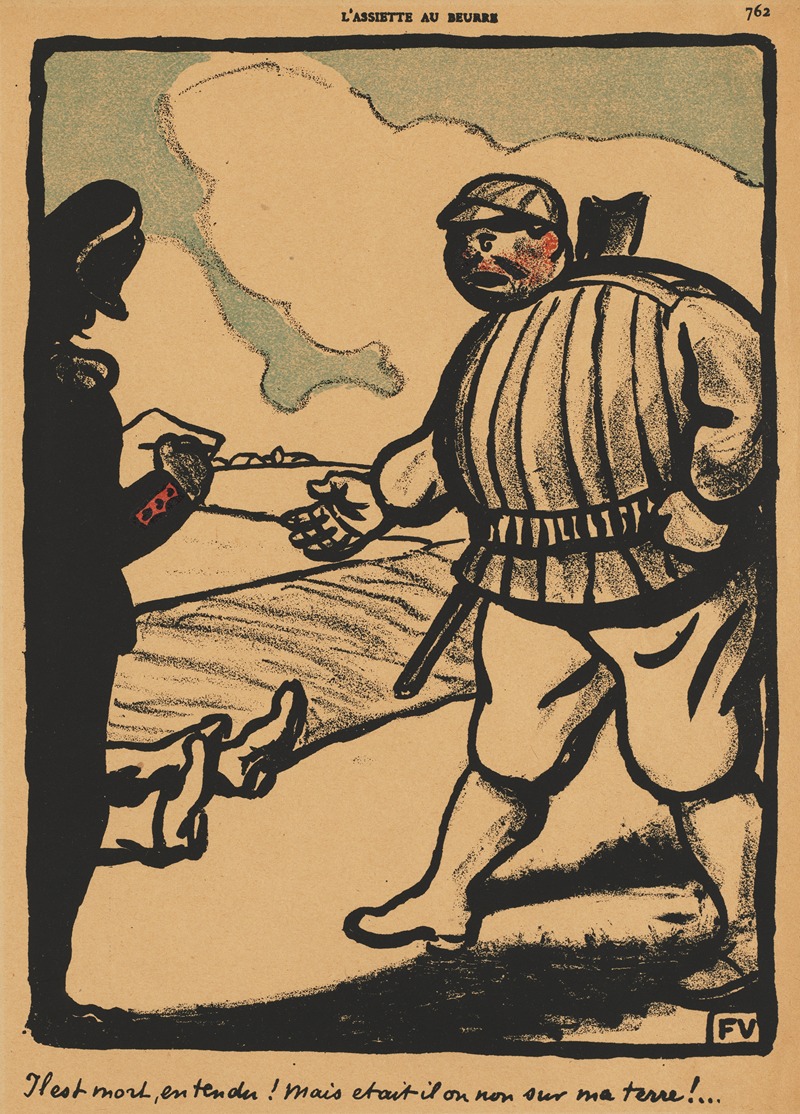
Crimes And Punishments; All right, so he’s dead!…
A hand-painted replica of Félix Vallotton’s masterpiece Crimes And Punishments; All right, so he’s dead!…, meticulously crafted by professional artists to capture the true essence of the original. Each piece is created with museum-quality canvas and rare mineral pigments, carefully painted by experienced artists with delicate brushstrokes and rich, layered colors to perfectly recreate the texture of the original artwork. Unlike machine-printed reproductions, this hand-painted version brings the painting to life, infused with the artist’s emotions and skill in every stroke. Whether for personal collection or home decoration, it instantly elevates the artistic atmosphere of any space.
Félix Vallotton's painting "Crimes And Punishments; All right, so he’s dead!" is a notable work by the Swiss-French painter and printmaker, who was associated with the post-impressionist movement and the Nabis group. Vallotton, born in 1865 in Lausanne, Switzerland, became known for his distinctive style that often combined elements of realism with a more symbolic and sometimes satirical approach.
The painting "Crimes And Punishments; All right, so he’s dead!" was completed in 1899, a period when Vallotton was deeply engaged with themes of social commentary and human psychology. This work is part of a series of paintings and prints where Vallotton explored the darker aspects of human nature and societal issues. His works from this time often reflect a critical view of the bourgeois society and the moral ambiguities of the fin-de-siècle period.
In this particular painting, Vallotton employs a dramatic and somewhat theatrical composition. The scene is set in an interior space, where the aftermath of a violent act is suggested. The title itself, "Crimes And Punishments; All right, so he’s dead!" implies a narrative of crime and its consequences, echoing themes found in literature and theater of the time, such as Fyodor Dostoevsky's novel "Crime and Punishment." However, Vallotton's approach is more visual and symbolic rather than literary.
Vallotton's use of color and form in this painting is characteristic of his style. He often used flat areas of color and strong outlines, a technique influenced by his background in printmaking. This method creates a sense of detachment and objectivity, allowing viewers to engage with the scene intellectually rather than emotionally. The figures in the painting are rendered with a certain rigidity, which adds to the tension and unease of the scene.
The painting reflects Vallotton's interest in the psychological undercurrents of everyday life. His works frequently depict moments of tension, ambiguity, and the hidden emotions beneath the surface of social interactions. In "Crimes And Punishments; All right, so he’s dead!" Vallotton captures a moment that is both specific and universal, inviting viewers to contemplate the nature of crime, guilt, and justice.
Vallotton's contribution to art extends beyond his paintings. He was also a prolific printmaker, and his woodcuts were influential in the development of modern graphic art. His works were exhibited widely during his lifetime, and he was recognized as a significant figure in the post-impressionist movement. Vallotton's paintings and prints continue to be studied for their innovative approach to composition, narrative, and social critique.
Today, "Crimes And Punishments; All right, so he’s dead!" is appreciated not only for its artistic qualities but also for its insight into the cultural and social issues of Vallotton's time. The painting remains a compelling example of Vallotton's ability to blend realism with symbolism, creating works that challenge viewers to reflect on the complexities of human nature and society.





